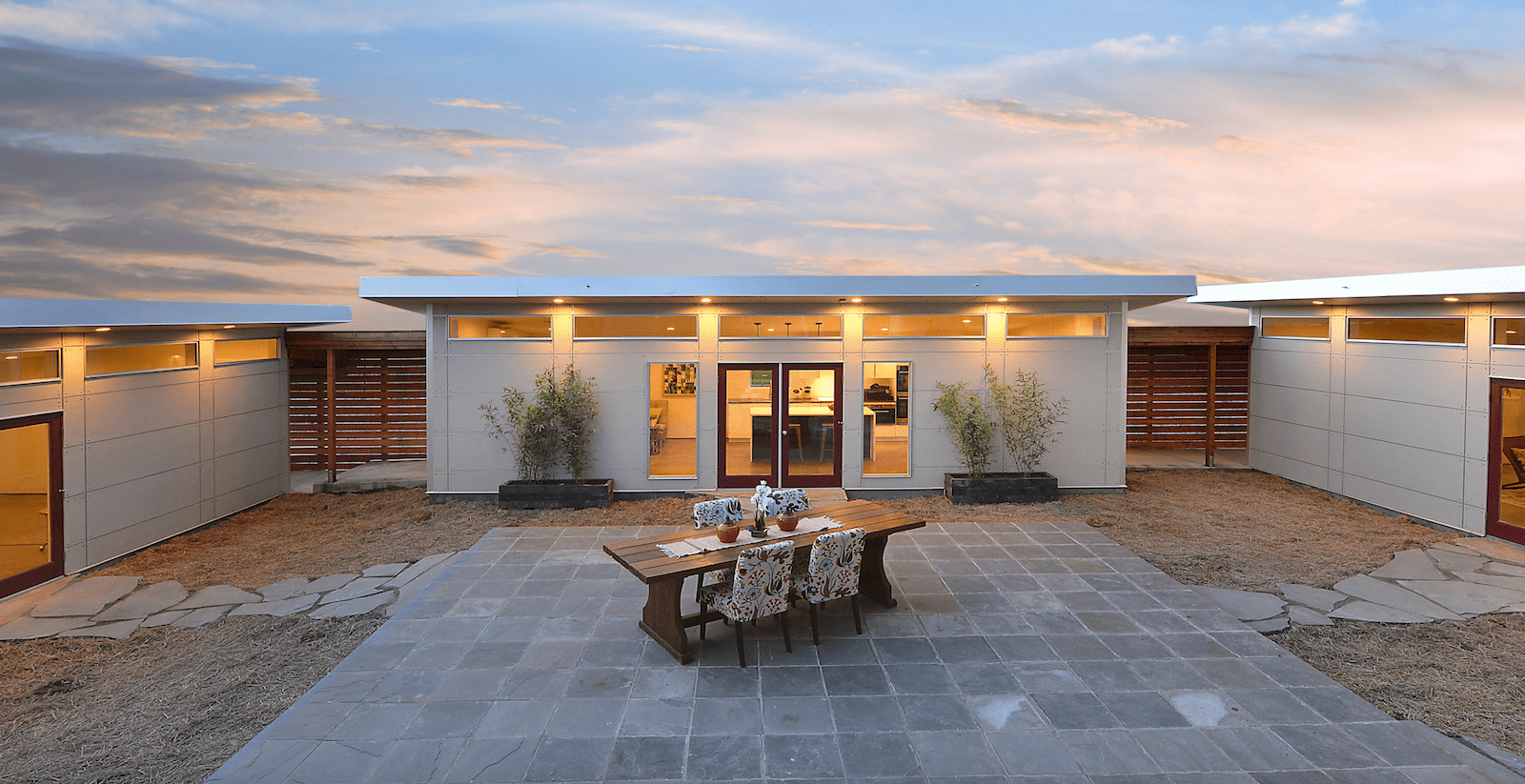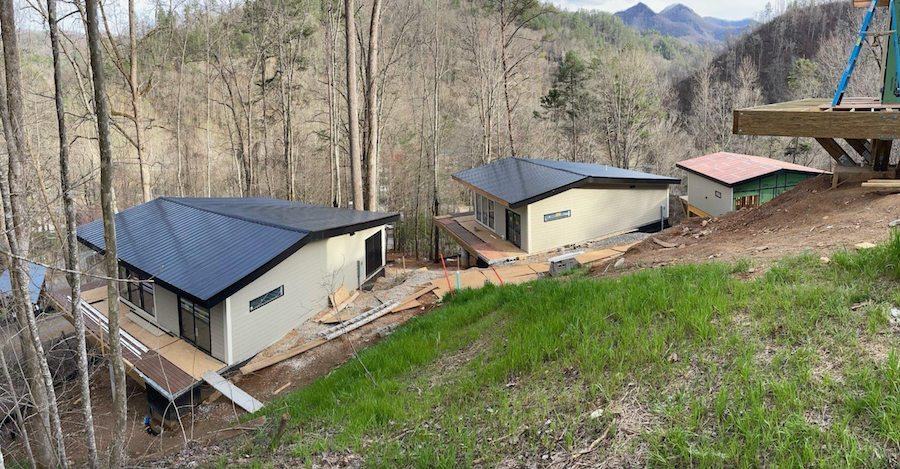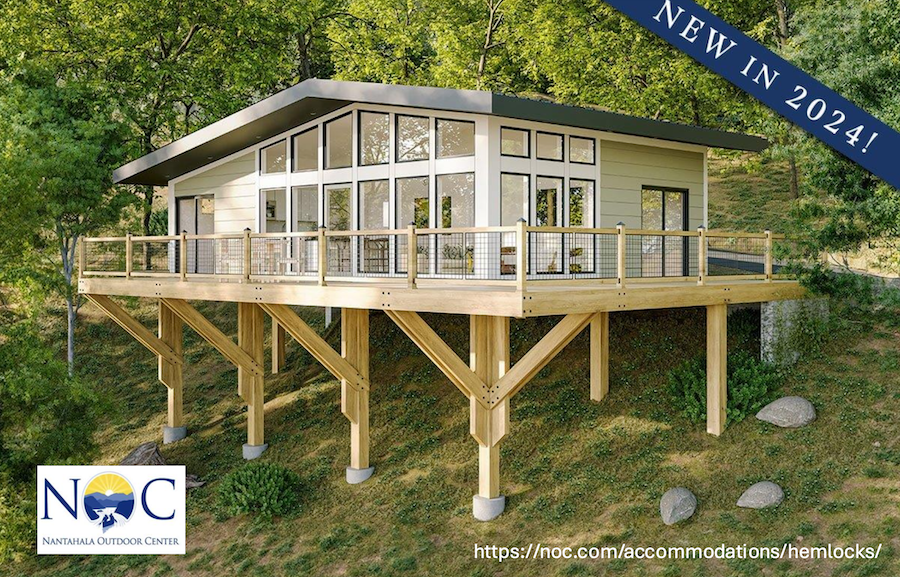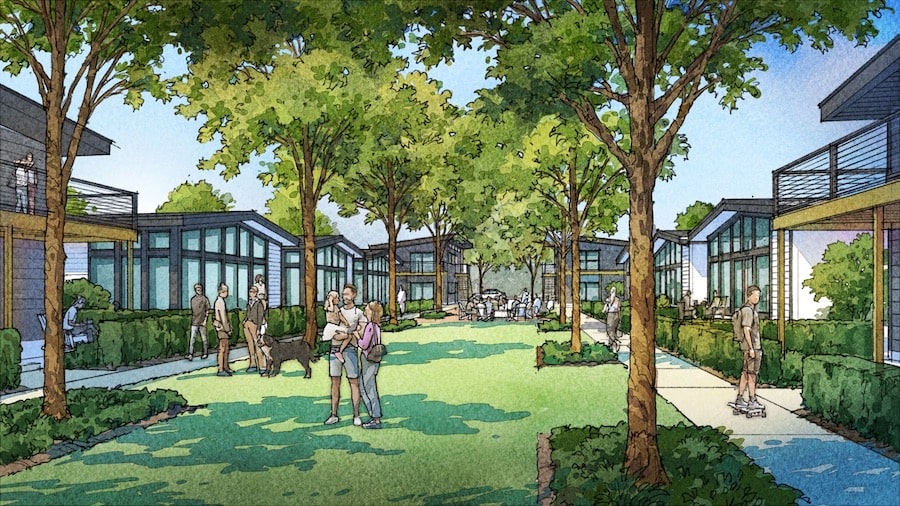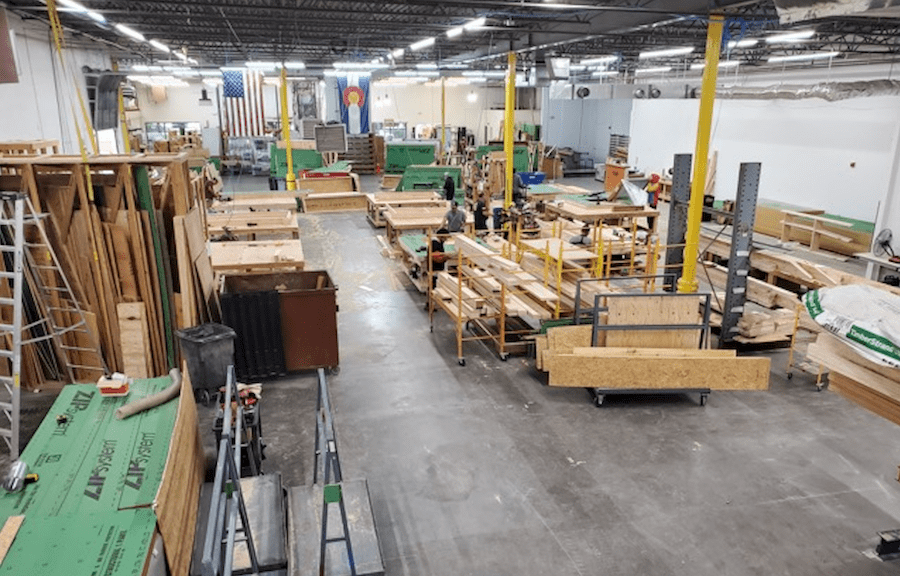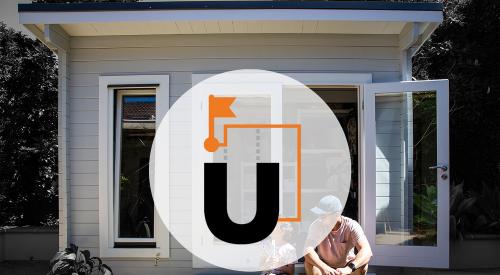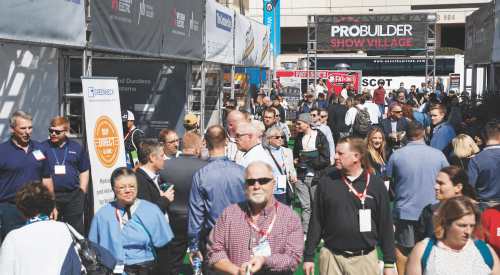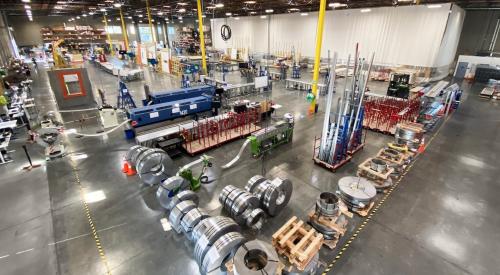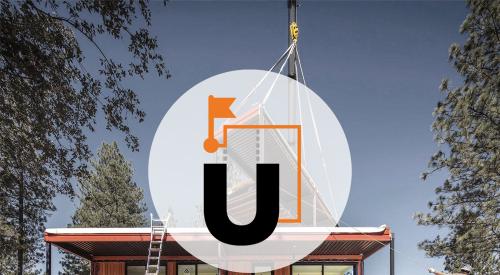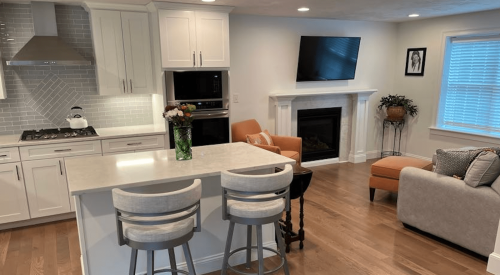One ADU, two … tiny homes? Pocket-community units? Micro-housing clusters? What should the plural of accessory dwelling units be called?
In grouping accessory dwelling units or ADUs into multi-unit clusters, the naming gets tricky. Accessory to what? But let’s not get tripped up on the nomenclature. Micro-housing developments (let’s go with that term) are coming, and builders and their customers stand to gain from it.
Micro-Housing Developments and Their Uses
Micro-housing developments come in a range of diverse forms, from providing housing alternatives that alleviate homelessness to offering luxury cabins. But multi-unit ADUs not only suit the needs of the housing industry, they can also be used by a variety of other industries such as government, hospitality, and research, and micro-housing works for diverse development sites as well.
RELATED
- Prefab ADUs: A Rising Trend in Affordable Housing and Off-Site Construction Solutions
- Create More Diverse Housing Options With Accessory Dwelling Units
- Much Ado About ADUs—a Popular Housing Alternative
What’s Driving the ADU Trend in Micro-Housing Development?
ADUs and micro-housing have several drivers:
1.) A shortage of homes
The first and most obvious driver for developing micro-housing is the current housing shortage of between 1.7 million and 7.3 million units nationally, depending on the data source (the all-in housing stock being about 142 million units).
2.) Consumer familiarity
The proliferation of ADUs across the U.S. has created widespread familiarity with tiny dwellings (ADUs typically max out at 1,000 square feet but come in a variety of smaller footprints).
3.) Community acceptance
Local communities are generally more receptive to permanent construction than, say, mobile homes.
4.) Off-site construction suitability
Increasing use of prefab construction techniques in building larger homes has made factory-build approaches more mainstream in housing generally and more common in the production of micro-housing developments.
What Are the Pros and Cons of Micro-Housing Developments?
Micro-Housing Development Pros:
1.) Standardization efficiencies using off-site methods
The big benefits of micro-housing developments derive from their standardization and economies of scale, which speed execution, lower costs, and boost returns on investment. While tiny homes can be stick-built, their compact size really lends itself to off-site manufacturing methods. The building shells are then shipped to the site in modular flat packs. Also, it’s worth noting that it's easier to scale manufacturing production than it is to scale field labor.
2.) Labor savings
Once shipped to a site, these structures are typically dried-in within two days. And micro-housing offers economies of scale in the field as well: Once the shells are up, local GCs can bring in plumbing, electrical, drywall, and other crews and have each work through the entire set of units at one time.
3.) Shorter cycle times
We’ve found that developers that build more than one micro-housing unit at a time shorten the overall construction time line for the project by about a month.
4.) Streamlined permitting
Other pros include speedier permitting thanks to pre-engineered plan sets and a lot less back-and-forth on the design and architecture front.
Micro-Housing Development Cons:
1.) Storage needs
The biggest drawback, if it is a drawback at all, is that a micro-housing manufacturer may want to ship several units worth of inputs—and that could include, literally, the kitchen sinks—all at once to boost transportation efficiencies. That can mean more components than a developer is able to construct at once, which introduces the need for storage in the vicinity of the development.
2.) Inexperience
Another drawback is that micro-housing manufacturers have a lot more experience with developing individual ADUs for retail customers than they do with creating multiple units for developers, so they’re still refining their approaches to a more sophisticated set of customers with different priorities.
We’ve found that developers that build more than one micro-housing unit at a time shorten the overall construction time line for the project by about a month.
Micro-Housing Now: Multi-Unit ADU Developments Are Catching On
These nascent developer-geared programs are maturing quickly, however. They typically involve having a single representative assigned as a reliable point of contact throughout the process. That representative works with the developer on contracts that are more involved than their retail-ADU counterparts; determining the number of units and their sizes, styles, and placement; assisting with the permitting process; determining delivery schedules; consulting on the work that needs to be done on site. The stakes are higher for both the customer and the micro-housing manufacturer, so it makes sense that there’s a tighter, more collaborative relationship than is needed for one-off ADU builds.
Whatever you call them—multi-unit ADUs, pocket-community units, or micro-housing developments—this housing type holds promise in helping to alleviate a nationwide housing shortage, and much more. The prefab manufacturing of these micro-housing developments can help get them built faster and at lower cost—and, often, with fewer headaches.
Jeremy Nova is the creative director and co-founder of Studio Shed, which uses a prefabricated panel wall system that features a customizable, repeatable, and efficient factory process for producing, shipping, and installing detached units at scale.
